Salt flats
Salt flats
When I started looking around on Insta, TripAdvisor, Pinterest etc. for potential stops, I realized that one of the two, either Salar de Uyuni or Salinas Grandes, is normally part of a typical South America tour. As usual I was wandering if this are the only salt flats and as usual seeking for less-touristic options
To get an idea about salt flats especially those in South America take a few minutes to watch this video from the EXPLORER Magazin <in German> or read the article on www.thoughtco.com
It did not take too long to figure out that there are several stunning and more remote salt flat options that offer breathtaking landscapes, unique ecosystems, and a peaceful experience without the crowds.
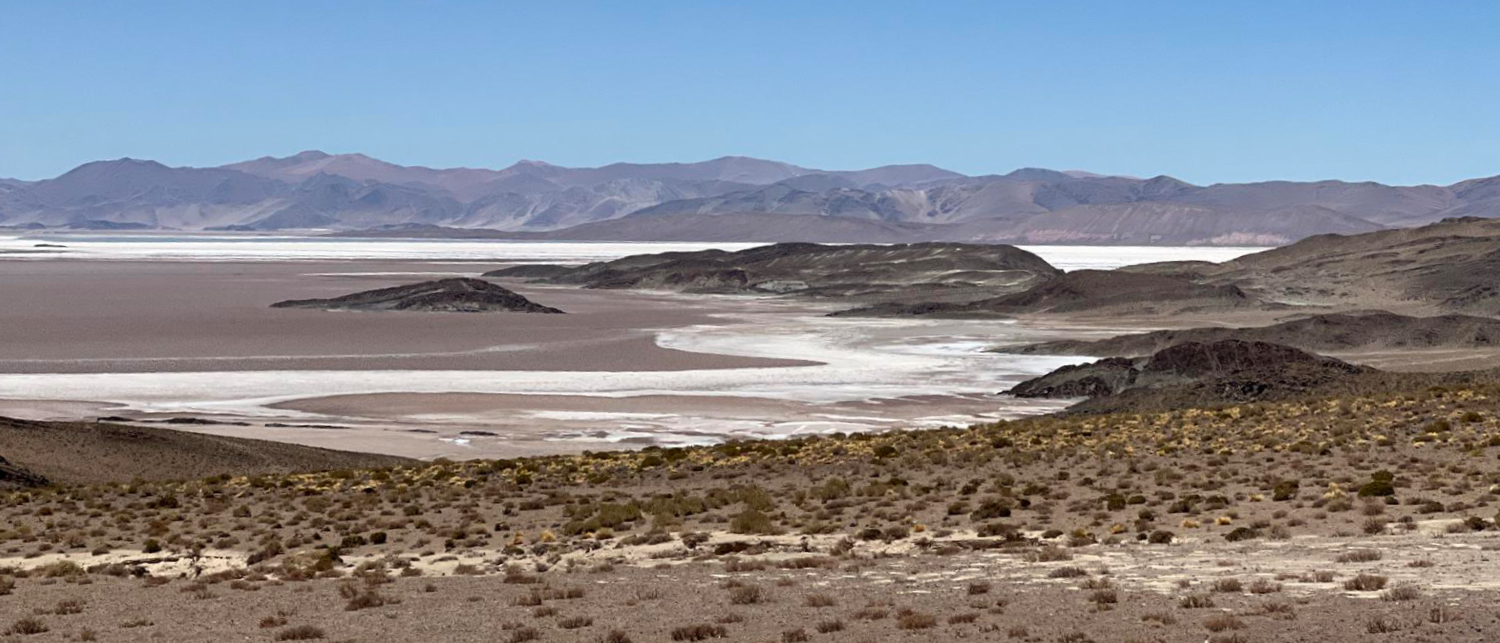
Below is my short list of salt flats that caught my attention
| Name | Country | Size in km² | Altitude in m |
|---|---|---|---|
| Salar de Uyuni | Bolivia | 10582 | 3656 |
| Laguna Mar Chiquita | Argentina | 6000 | 69 |
| Salinas Grandes de Cordoba | Argentina | 4700 | 180 |
| Aguada Blanca National Reserve | Peru | 3669 | 4300 |
| Salinas Grandes de Jujuy | Argentina | 3200 | 3450 |
| Salar de Atacama | Chile | 3000 | 2305 |
| Salar de Coipasa | Bolivia | 2180 | 3650 |
| Salar de Arizaro | Argentina | 1600 | 3460 |
| Salar de Antofalla | Argentina | 1500 | 3500 |
| Salar de Ascotan | Chile | 1455 | 3724 |
| Salar de Cauchari | Argentina | 1100 | 4000 |
| Salar de Pocitos | Argentina | 1040 | 1900 |
| Salar de Chiguana | Bolivia | 800 | 3500 |
| Salar del Hombre Muerto | Argentina | 588 | 4000 |
| Salar de La Laguna | Bolivia | 500 | 4200 |
| Salar de Empexa | Bolivia | 483 | 3723 |
| Salar de Chiguana | Bolivia | 415 | 3650 |
| Salar de Salinas del Bebedero | Argentina | 400 | 1500 |
| Salar del Rincón | Argentina | 350 | 3800 |
| Salar de Tres Quebradas | Argentina | 300 | 4000 |
| Salar de Olaroz | Argentina | 150 | 3900 |
| Salar de Huasco | Chile | 120 | 3200 |
| Laguna de Salinas | Peru | 61 | 4300 |
| Salar de Tara | Chile | 48 | 4317 |
| Laguna del Carbón | Argentina | 9 | -108 |
| Salinas de Maras | Peru | 0,02 | 3200 |
And this how they spread across South America
Simply klick on the icons and get more information.
In Peru I found 2 distinctly different set-ups. One the one hand the Reserva Nacional de Salinas y Aguada Blanca and Salinas de Maras
The Reserva Nacional de Salinas y Aguada Blanca features Andean plateaus dotted by lakes and meadows; and surrounded by volcanoes and as usual mountains as Chuccura and Huarancante. The Salinas lagoon is home to more than 20,000 water birds at certain times of the year and three species of Andean flamingos can be found here.
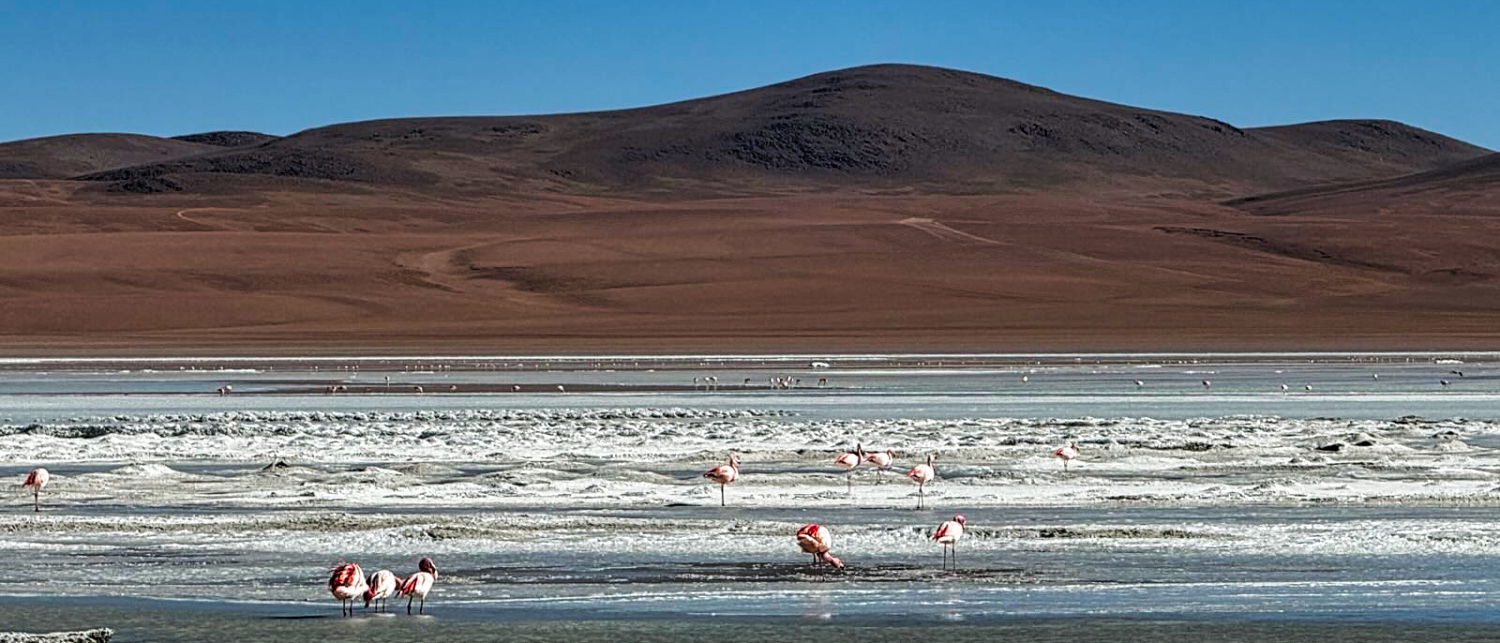
Salinas de Maras on the other hand is a salt extraction center near Cusco and is dating back to pre-Inca civilizations. The Maras region is characterized by natural saltwater springs, which emerge from underground reservoirs. These springs feed into the terraced salt pans. The downside of the Salinas de Maras can be spotted on the picture
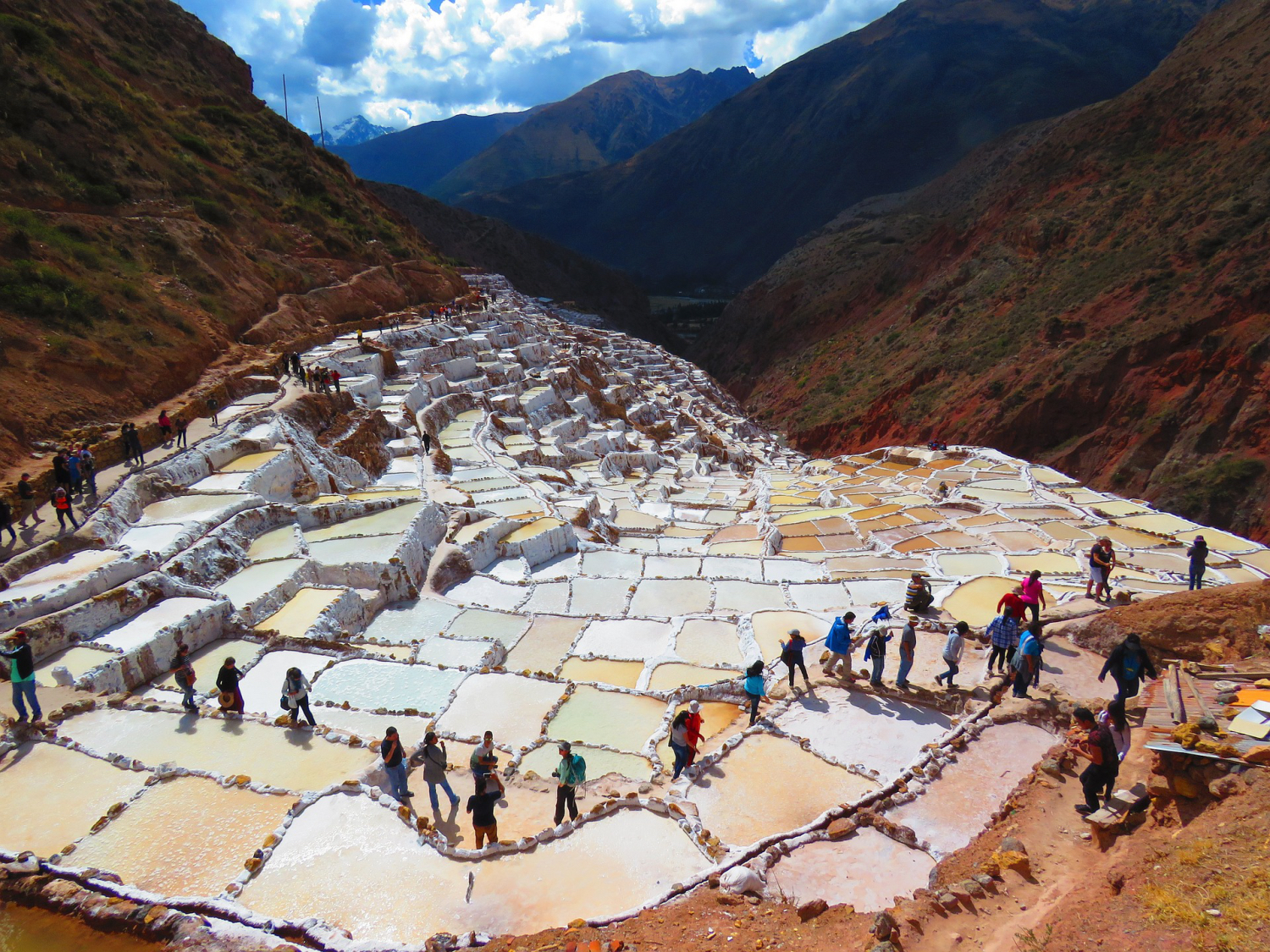
As I look for the pure natural beauty and the off-the-beaten-path experience, the Salar de Coipasa in Bolivia, the Salar de Antofalla and the Salar de Arizaro in Argentina are top on my list. Especially as the Cono de Arita is located in the Salar de Arizaro. It´s a nice 150 km ride from Antofagasta de la Sierra.
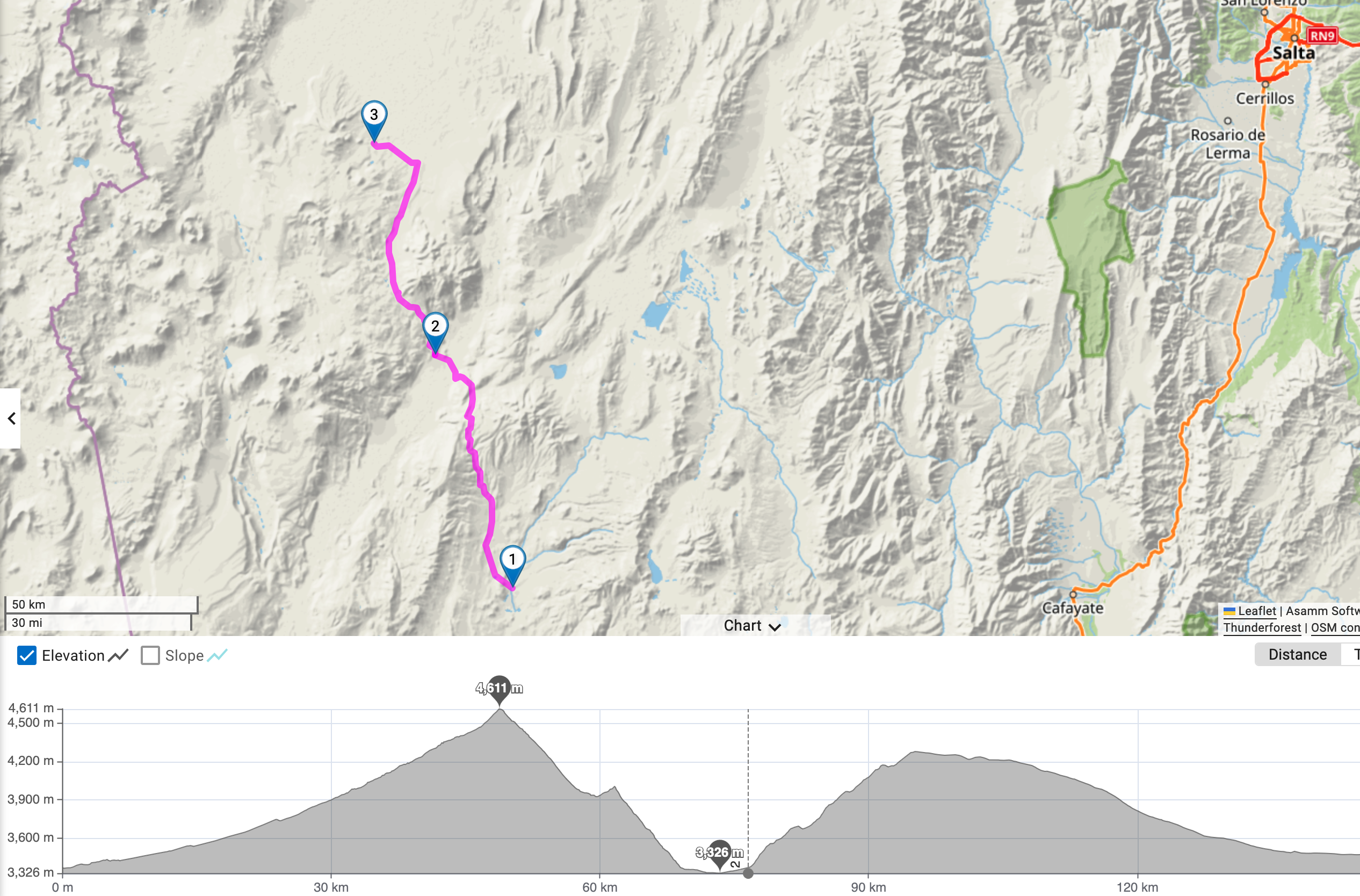
Both are not too far away from their more famous counterparts. And the Salar de Uyuni as well as the Salar de Salinas Grandes are on my route anyhow.
2 entries on the list stick out
Laguna Mar Chiquita, also known as Mar de Ansenuza
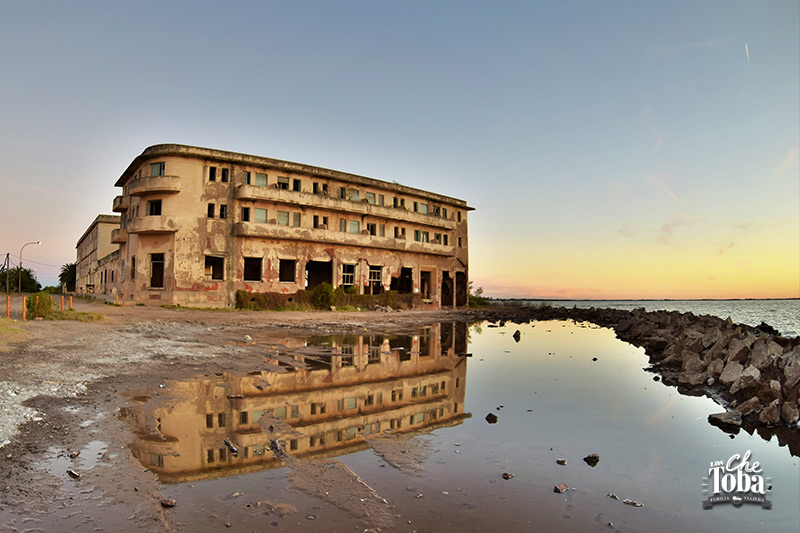
Is a vast saltwater lake located in the northeastern region of the Córdoba Province. It is the largest salt lake in Argentina and one of the largest saline lakes in the world. Mar Chiquita is an endorheic basin, meaning that water flows into it but has no outlet, and evaporation is the primary way the water is lost. This process leads to high salinity levels, especially in the shallow waters around the lake’s edge. It is also home to one of the largest populations of Chilean Flamingos in South America
Laguna del Carbón
Laguna del Carbón is a remarkable geological site, being the lowest point in the Western Hemisphere.

Located in the desolate landscape of the Gran Bajo de San Julián in Argentina’s Patagonia region, it offers an austere beauty for those seeking isolation and adventure. Its lack of tourist infrastructure and challenging environment make it an ideal destination for geology enthusiasts and explorers looking for a unique, remote experience.
Lithium Triangle
The salt flats are much more than a touristic attraction. Due to the increasing interest in lithium as the key element for future technologies and the related growing global demand, the so-called ‘Lithium Triangle’ is increasingly becoming a focus area. The lithium triangle describes an area in the border triangle of Argentina, Bolivia and Chile, between the Argentine Puna, the Bolivian Altiplano and the Chilean Atacama Desert.

The Lithium Triangle dominates global lithium reserves and production. Argentina has emerged as a rapidly growing producer with several active projects across its northern salt flats, while Chile remains one of the world’s leading producers. Bolivia, despite holding the largest reserves, has been slower in developing its lithium sector.
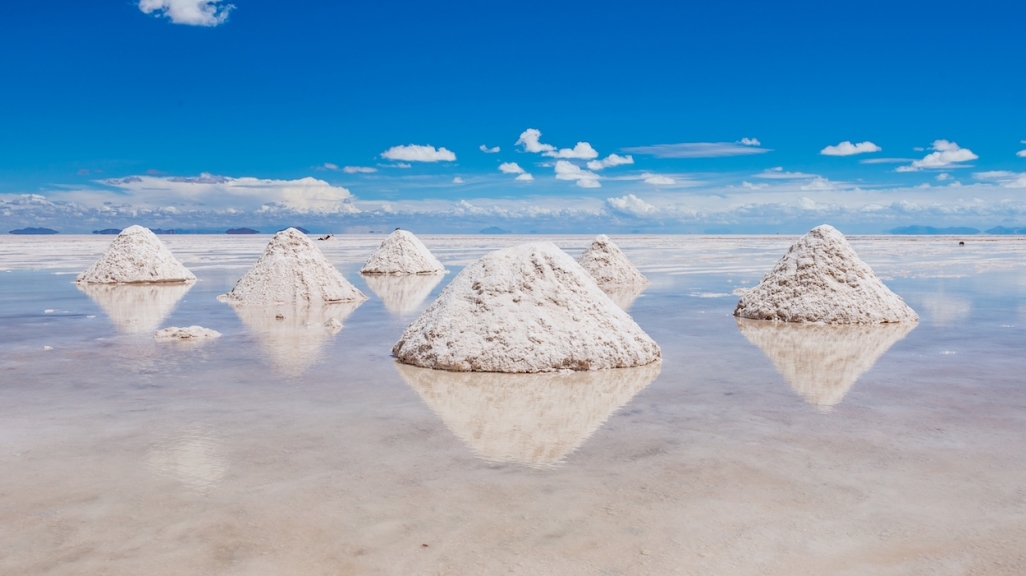
These lithium-rich salt flats play a crucial role in the global renewable energy revolution, given the growing demand for lithium-ion batteries.
So when taking a picture or video I should remember that under my feet is the enabler for electric cars and the millions of rechargeable consumer electronic devices that utilize lithium-ion batteries.
The Stage
More Pictures
Videos
Latest Posts
-
 Closer to the end - South Colombia till Medellin
Closer to the end - South Colombia till Medellin -
 Ecuador - La Balsa to Tulcan
Ecuador - La Balsa to Tulcan -
 Lima to Ecuador
Lima to Ecuador -
 Lima from beginning to end
Lima from beginning to end -
 Cuzco to Lima
Cuzco to Lima -
 From Lake Titicaca to Cuzco
From Lake Titicaca to Cuzco -
 Bolivia, in search of diesel
Bolivia, in search of diesel
Post Info
Date | After Jan 2025 |
Status | Planned |
Last updated | 03 October 2025 |
Page read | 568 |